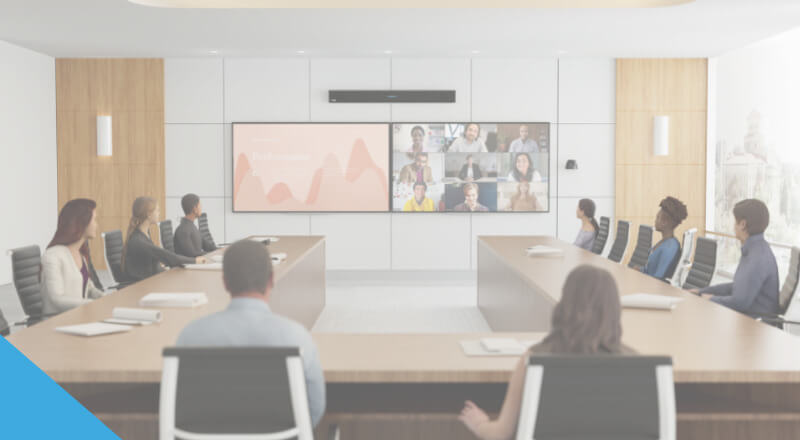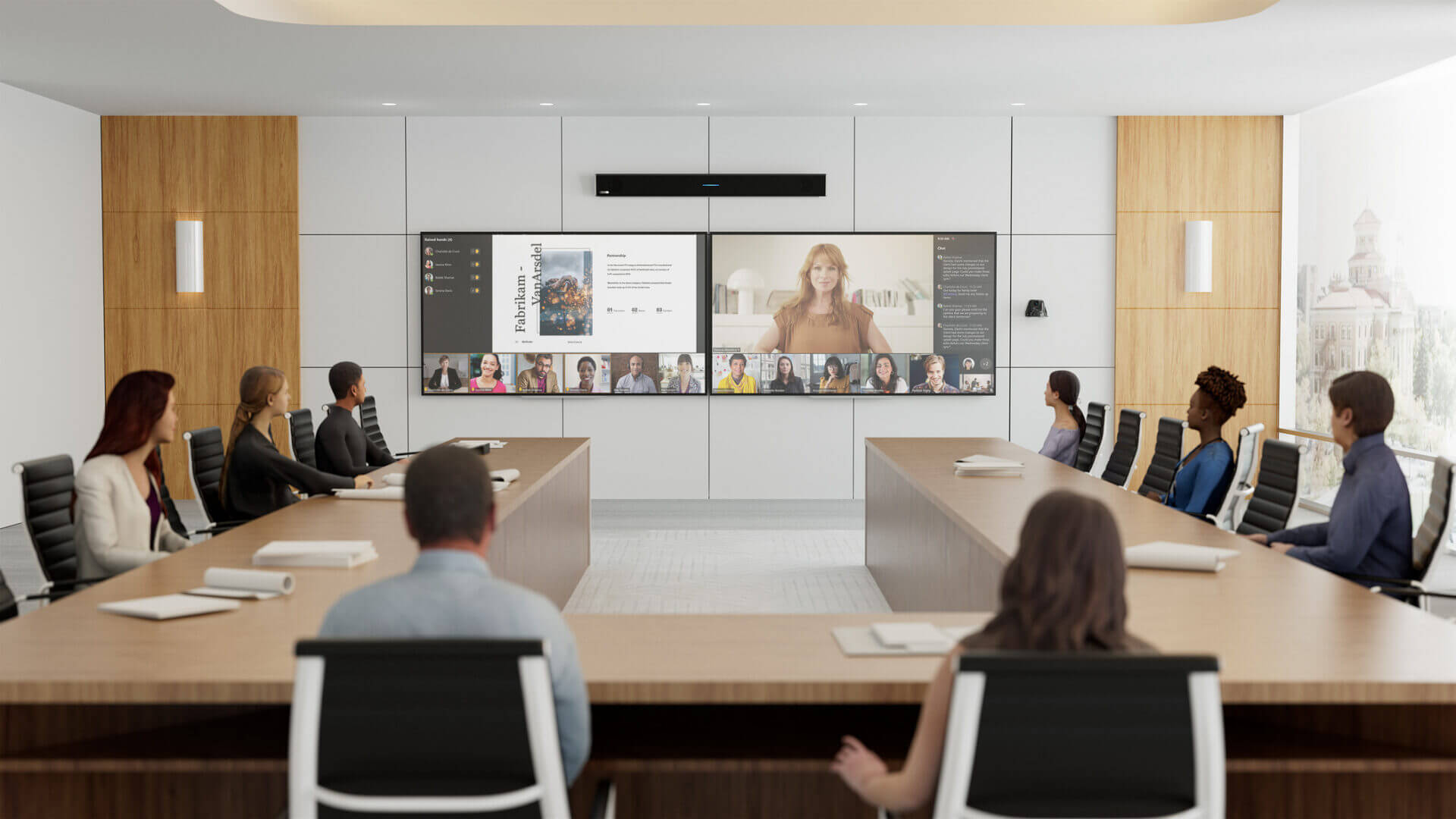
Where are We Now with Hybrid Working?
Three years on from the introduction of strict ‘work from home’ rules in the UK the world is a different place.
Some people never returned to the office. Some went back full-time. Many are having to adapt to a life of flexible and hybrid working.
With that in mind, how has the approach to hybrid working changed and how can organisations embrace technology to create a better smart workplace experience for all?
Maintaining Health and Wellbeing
The organisational duty of care has not gone away. Consideration of work patterns, working hours, meeting frequency, stress and sickness remains a priority for keeping employees happy and healthy.
Changing the Working Environment by Design
The rise of hybrid working has required organisations to review and rethink their office design for the return to work.
Instead of a daily base, many now regard their offices as collaborative and social hubs, to foster culture and encourage employees to come in.
Today’s smart workplace may need less space or reconfigured space. Greater focus is being given to flexible desk booking, and customised intelligent meeting rooms for team building and creative group collaboration.
Improving Smart Workplace Management for Flexible and Hybrid Working
The shift from the traditional nine to five is painting a different future of work picture.
Employees want flexibility, a five-star office experience, and support to work remotely. Organisations want the means to manage, facilitate and track what’s happening.
Desk booking and room booking systems by GoBright and Evoko (matched with digital signage and wayfinding) make it easy for employees and visitors to make plans – and find the space and people they are looking for.
Data from smart technology allows facilities managers to monitor desk and room usage, to maximise use of flexible space and meeting areas. Past problems with double bookings, overruns or ‘no shows’ disappear.
Creating a Better User Experience with Intelligent Meeting Rooms
Three years’ ago organisations might have been happy just to get their people connected, around country or globe.
Today, higher employee expectations of hybrid meetings mean organisations are wise to explore smarter audio and video conferencing technology solutions.
Nureva’s Microphone Mist technology delivers consistent high quality sound for medium and large rooms, ideal for hybrid presentations and whole-room discussions. Smart AI-powered Huddly cameras focus on the speaker, capture people’s reactions and ensure everyone is seen.
Technology can now give users a seamless BYOD experience, with fast and simple set up. Large LED screens and Jupiter’s 21:9 ultra-wide displays deliver practicality with style.
Data analytics let you make best use of your meeting space and improve sound settings.

Making Visual Collaboration Easier for a Dispersed Workforce
Collaborating under enforced working from home typically meant clunky screen sharing on laptops.
Today’s hybrid working solutions allow team members in the room and those working remotely to have the same ability to collaborate.
A smart ensemble of camera, display, sound bar and project planning tool like Nialli makes visual collaboration in real-time a more engaging and productive experience. Whiteboard sharing, content capture, digital scrapbooks and customised solutions allow meeting attendees to participate and contribute fully.
Data from different technologies can be brought together to aid analytics and decision-making.
Creating the Smart Workplace Encourages Employees to Work to Be at their Best
Mandated home working put the focus on equipping employees with secure computers, keeping people connected and safety.
With today’s hybrid working, organisations must consider how their offices are used, adapt their space for a new style of working and explore how advancing technologies can deliver smart workplace solutions.
Delivering a quality employee experience in the office, intelligent meeting rooms and visual collaboration sessions is key to productivity, efficiency and innovation.